Service hotline
+86 0755-83975897
 en
en Release date:2025-02-19Author source:KinghelmViews:1340
In our conventional understanding, passive RF devices are considered linear components. Parameters such as the coupling coefficient of couplers, losses and attenuation of filters, and gain of antennas are typically managed by adding or subtracting their respective dB values in dBm power formats.
In Time Division Duplex (TDD) systems, where transmission and reception are separated by time, the intermodulation distortion (IMD) in the transmit chain is not as scrutinized as in Frequency Division Duplex (FDD) systems.
The book "Introduction to Passive Intermodulation Interference" discusses instances where satellite communications have been disrupted due to PIM products:
The 3rd order IMD in the Fleet Satellite Communications system of the [敏感词] Navy.The 13th order IMD in the Maritime Satellite system of the [敏感词]The 27th order IMD in the International Communications Satellite Vof Europe.The 43rd order IMD in the Maritime European Communications Satellite .
These PIM products caused interference within the receiving bandwidths, temporarily affecting the development and operation of some foreign satellite systems.
While the impact of 3rd, 5th, and 7th order IMDs is more readily understood, the consideration of 27th and 43rd orders may seem excessive.
When studying "Signals and Systems," there's a fundamental concept that's quite important — Linear Time-Invariant systems .
Linear Time-Invariant systems require that a signal passing through such a system can be amplified, attenuated, delayed, but its fundamental characteristics remain unchanged. Mathematically, this entails satisfying properties of homogeneity, additivity, and time invariance. The diagram below provides a vivid explanation.
This forms the mathematical foundation of our communication and represents the ultimate goal every communicator dreams of achieving — the ability to transmit information without distortion. Put simply, the output y of this system is a linear function of the input x . In advanced mathematics, this translates to the first derivative of the function being constant.
On the stage set by the assumption of linearity and time-invariance, we dance freely, forgetting that everything is as illusory and ephemeral as Jia Baoyu's dreamlike world in the "Dream of the Red Chamber". Nonlinearity is the norm in this world.
Every change carries uncertainty, and relationships between quantities are not simply linear.
The transfer function of a nonlinear system can be represented by an ( n )-th order Taylor series polynomial:
By expanding it using trigonometric sum and difference identities, we get:
In the frequency domain, it appears as shown in the following figure:
Usually, the intermodulation products like 2w1 - w2 and 2w2 - w1 are closely spaced around the main signal in the frequency domain, causing adjacent channel interference within the band. This is a common concern in RF design. Other products are farther away from the main signal. For intermodulation products generated by active components, they can be filtered out at the backend with filters. However, if these products are generated by passive filters or antennas, there is little that can be done to mitigate them.
For active circuits, the explanation of nonlinearity is more comprehensive and thoroughly researched. For instance, mixers utilize circuit nonlinearity to achieve frequency mixing of modulation signals and carrier signals. Power amplifiers, aiming for higher efficiency, often operate in the saturation region of transistors. The slight compression of gain due to nonlinearity results in a nonlinear relationship between the output and input signals.
The nonlinearity of passive components is even more intriguing, sometimes appearing almost mystical, leading researchers to explore its physical mechanisms more deeply. Passive nonlinearity can mainly be categorized into material nonlinearity and contact nonlinearity.
1. The nonlinear phenomena of materials include several aspects:
Here is the English translation of the types of nonlinear effects in passive devices:
Electron Tunneling Effect in Dielectric Thin Films: For instance, aluminum oxide thin layers on the surface exhibit electron tunneling effects.
Ferromagnetic Effect: Ferromagnetic materials, such as iron, steel, cobalt, nickel, have high magnetic permeability and show nonlinear changes with magnetic fields, including hysteresis effects. These materials should be avoided in the design of RF passive devices.
Piezoelectric Effect: Nonlinear changes in electric fields, such as electrostriction in PTFE dielectric, contribute to passive intermodulation in coaxial cables.
Magnetostriction: Magnetic fields induce changes in the electrical resistance of metal conductors.
Micro-discharge Effect: Ionized gas due to strong electric fields causes secondary electron multiplication, such as micro-discharges between narrow gaps and across metal sand eyes.
Dielectric Breakdown: Breakdown of dielectrics under high electric fields.
Other effects include space charge effects, ion conduction, thermal emission of ions, and internal Schottky effects, all of which contribute to the nonlinearity of passive devices and the generation of intermodulation signals.
2. Contact nonlinearity
The nonlinearity of contacts mainly includes nonlinearity caused by material structure and aging.
Nonlinearity caused by material structure mainly includes: installation of different components such as resonators, connectors, tuning screws, etc., as well as micro-cracks generated by material structure bending. The mechanisms behind this primarily involve mechanical effects due to poor contact surfaces and electronic effects.
Nonlinearity caused by aging refers to the loosening or sliding of contact surfaces over time, which leads to poor contacts. Additionally, the formation of metal oxides further contributes to increased nonlinearity.
In RF design, nonlinearity is the norm, and managing issues caused by nonlinearity is a crucial test of an RF engineer's skill. However, normalcy does not necessarily imply adverse effects; our focus should be on minimizing its impact wherever possible.
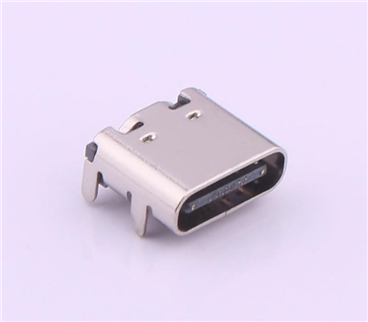
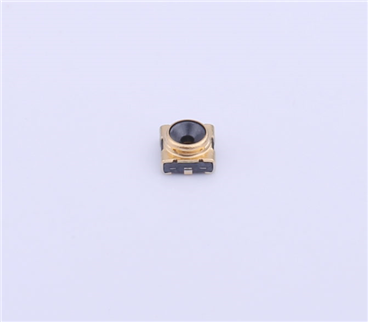
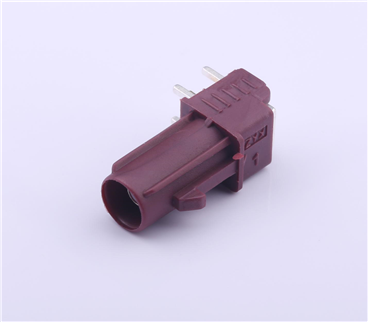
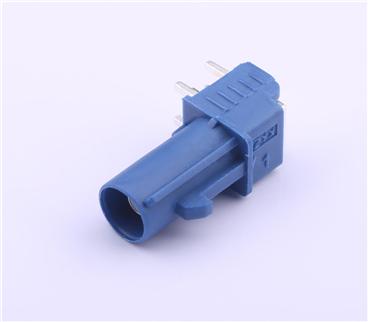
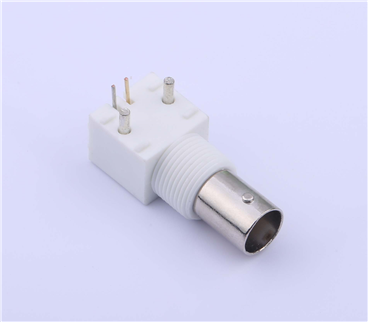
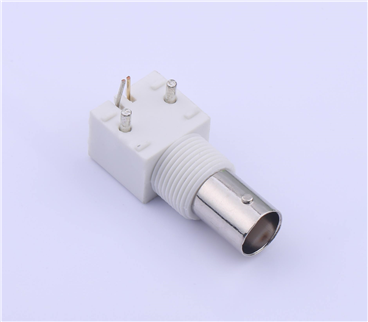
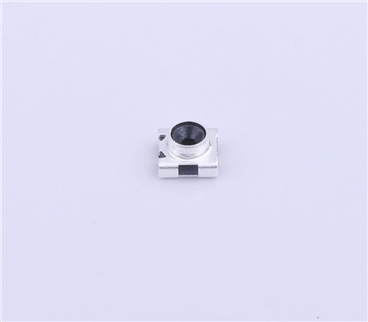
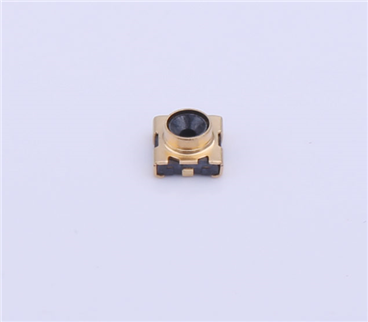
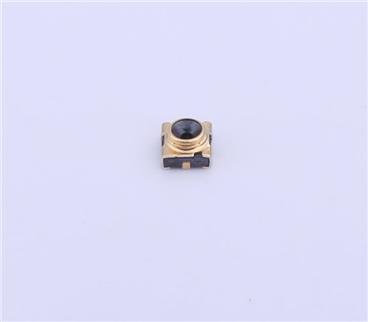
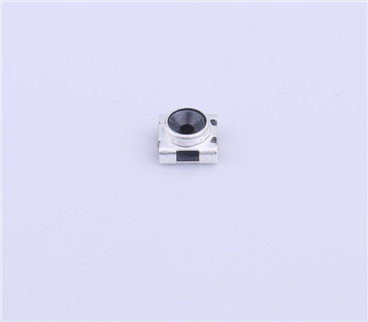
Copyright © Shenzhen Kinghelm Electronics Co., Ltd. all rights reservedYue ICP Bei No. 17113853
